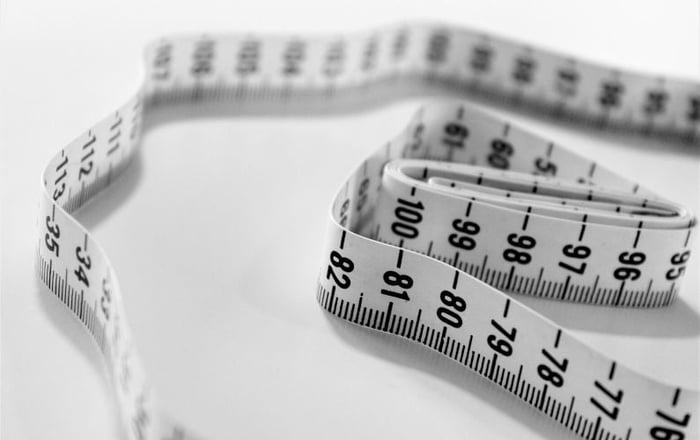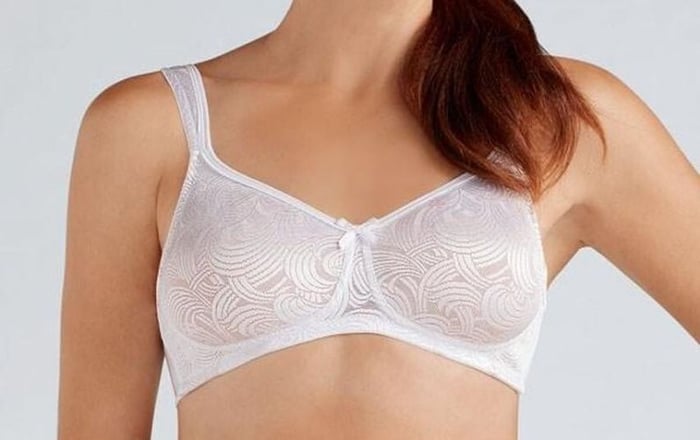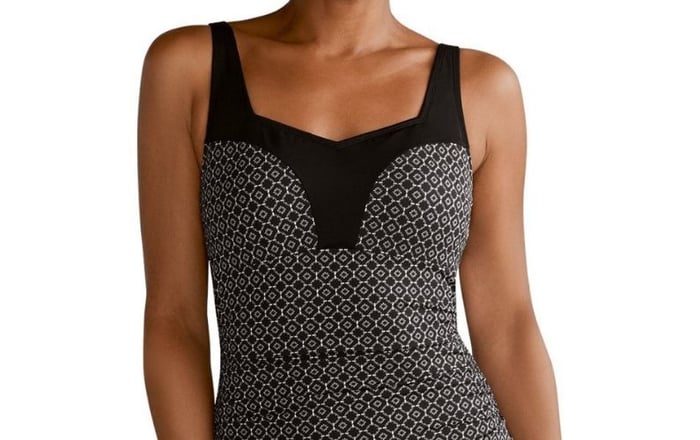Fitting an Amoena bra is a bit different from the bras you wore before surgery. Read our Amoena bra fitting guide to learn more.
Approximately 12% of women in the United States will be diagnosed with breast cancer at some point in their lives. If you're among them and have had a mastectomy, it may be time to start wearing an Amoena bra.
But, how do you know how to measure for this new type of bra? While it may seem difficult, the truth is it's easier than you may think.
To learn more about how you can continue looking and feeling your best after a mastectomy, keep reading our Amoena bra fitting guide.
How to Measure Bra Size Yourself
To measure your own bra size, you'll need a flexible measuring tape that can follow the curve of your body. Although you can do it alone, it's helpful to have another person to make sure the tape is at the proper height around your back.
There are two measurements you'll need to get to determine your bra size:
Band
The first measurement is your band size, which is right underneath your breasts where your band rests.
As you measure this, be sure the tape stays at the same height all the way around your body. It should be snug against your skin without pulling it tight or coming loose.
Bust
Your bust is typically measured at the level of your nipples. If you've had a double mastectomy, go around the largest part of this area of your chest, approximately where the middle of your breasts was.
To measure bust size after a single mastectomy or other procedure, hold the measuring tape loosely above your sternum. Go around the largest part of your remaining breast to the center of your spine.
Once again, you'll want to make sure the tape stays level for this half-chest measurement and that it's snug to your skin except for the end that's held over your sternum.
Calculating Breast Size
When you have your band and bust sizes, put them into a bra size calculator to quickly and easily get your bra size.
Be sure to double your half-chest bust measurement with a single mastectomy to get an accurate number. In most cases, it will be similar to what your bra size was before surgery. If it's too far off, you may want to measure again.
Using a Fitter to Find Your Bra Size
If you're not sure about measuring your own bra size, another option is to use a fitter. Try to find one specifically for Amoena or other mastectomy bras since these are different than normal bras.
A good fitter will consider more than just your bra size to help you find the perfect bra for you. They will also consider what weight options you may need and can help you find the right shape when searching for breast forms.
Bra Fitting Guide: How to Test the Fit
Once you have your bra, it's important to make sure it fits properly. If it doesn't, you'll experience discomfort and could end up ruining the bra which means spending more time and money finding one that does fit.
There are a few things you need to check to make sure your new mastectomy bra is going to work for you.
Support
One of the most important things your bra should do for your is support the weight of your natural breast and your prosthesis.
If your breast prosthesis isn't properly supported, it's not only uncomfortable for you but could also put you in some embarrassing situations if the bra is so loose that the prosthesis doesn't stay put.
To check how supportive a bra is, jump up and down, run in place, or move as much as you can. If you feel a lot of vertical or horizontal movements, the bra is likely too large or else not supportive enough.
Comfort
No matter how well your bra supports you, it should also be comfortable. Move as much as you can while trying out a bra to see if it pinches or pokes you anywhere.
Be sure to use different positions you might during the day, including bending over, sitting down, and twisting from side to side. Keep in mind that if it's a little uncomfortable while wearing it for a short time, it's only going to get worse when you have it on all day.
Breast Size
Women who are well-endowed will need a different type of bra compared to those who are not.
If your bra is uncomfortable or not supportive enough, it could be because it's not the right type of bra based on your breast size. For that reason, you may need to test several styles before settling on one.
Your Posture
This consideration is mostly in regards to the type of prosthetic breast you get and is particularly important to those who have had a single mastectomy.
The concern is that the uneven weight distribution can cause your shoulder and chest muscles to tighten up on one side. Over time, this leads to discomfort and can affect your posture.
Weighted prosthetics are the solution to this. However, you may need to consult with an experienced fitter or your doctor to determine what is best for you because these will sometimes weigh too much and negatively impact your posture and overall well-being.
Breast Shape
The last thing you'll want to think about when choosing both a bra and a prosthetic breast is the shape of your breasts. Be realistic as you look at yourself in your mastectomy bra as you decide if both breasts look like they should.
As you age, your breasts become fatter and less muscular. This is what causes them to become more elongated over time. You want to ensure your prosthetic breast reflects your real one to avoid dissymmetry.
Ready to Buy an Amoena Mastectomy Bra?
Now you know how to measure your bra size with our post-mastectomy bra fitting guide. As you can see, it's easy to do yourself or else you can find a fitter to help you ensure a good fit.
If you're ready, you can buy an Amoena bra here. There's a variety to choose from based on what procedure you had, your size, and your personal preferences.










